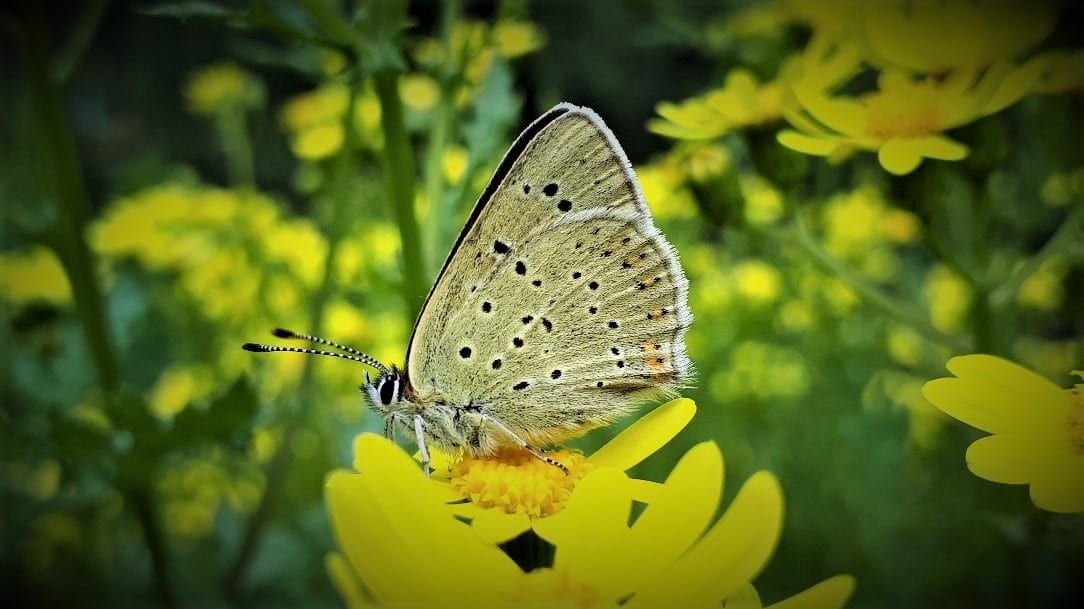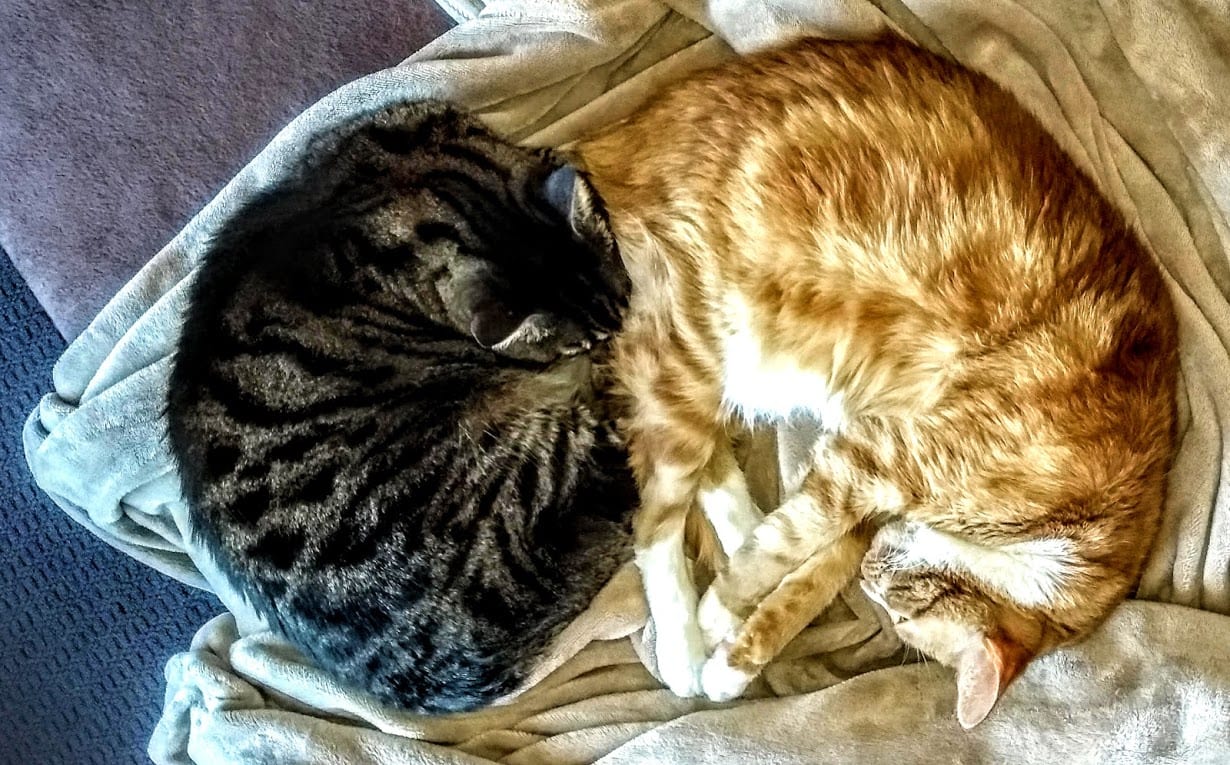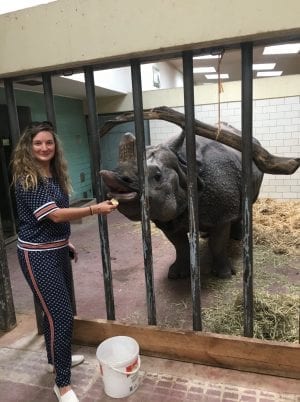Header photo: Marianne Coquilleau, Samantha Ward, Xuan Cheng, Josh Douglas, Tom Schmidt and Oliver Stuart Words: Oliver Stuart and Samantha Ward Introduction This past September was the 49th Annual General Meeting and Scientific Conference of the Australian Entomological Society (AES). The Society publishes an Australia-focused journal and maintains, through its membership, a network of professional […]
Words: Daronja Trense Images: Daronja Trense & Klaus Fischer One of the projects of my PhD is to investigate the genetic connectivity of the Copper butterfly (Lycaena tityrus) in the Ötzvalley of the European Alps. In summer 2018, we collected 186 butterflies to understand how the geological structure of the valley has influences the genetic […]
Please follow this link to Ary’s recent interview on Three Triple R FM
Words and images: Perran Ross Mosquitoes in the wild live it rough. Adult females risk being swatted as they search for a blood meal and their larval progeny must fend off predators and compete for limited resources. When we want to study mosquitoes under controlled conditions we bring them into the laboratory, but these conditions […]
Words: Nick Bell Header image: Johan Larson, Department of Tropical Biology, James Cook University Together with a team of experts from across Australia, PEARG has recently published an open access review in Austral Ecology. The review outlines eight case studies which demonstrate the effects of climate change on the nation’s native flora and fauna. We’ve […]
Words and images: Ann Stocker Rhynchosciara species are endemic to South and Central America. The larvae are readily observed because they are a centimeter or more in length, usually reddish in colour and travel in groups of dozens to hundreds of individuals (Fig 1). However, they only came to the attention of biologists after Crodowaldo […]
Words: Samantha Ward If I ask you what is involved in studying for a PhD, a Doctor of Philosophy, a higher or postgraduate degree in science, what do you envisage? The terms are different, but I’m sure the image is the same. How do you imagine a Science PhD? Credit: Cindy Schultz via Flickr Most people […]
Words: Samantha Ward The duck-billed platypus has always been something of an enigma. When the first pelt and sketch were sent back to Europe at the end of the 18th century, many British scientists refused to accept the platypus was a real organism. Instead, they believed it was an assortment of animal parts that had been […]
Words: Samantha Ward Friend or foe? When you look at your fluffy pet cat curled up beside you on the sofa, do you see a cute companion or a calculating killer? Cute companion or calculating killer? Credit: Author’s own. I’m going to assume the former, but now let me ask you this: Do you let […]
Words: Samantha Ward We’re going to the zoo, zoo, zoo. How about you, you, you…?” Perhaps you remember singing the song when you were a child. If you do, you probably have it stuck in your head now! If you don’t, I’m sure you remember those fun-filled zoo days watching gigantic elephants spraying themselves with […]









